Glaucoma Care: Fundamental For Vision
What is Glaucoma?
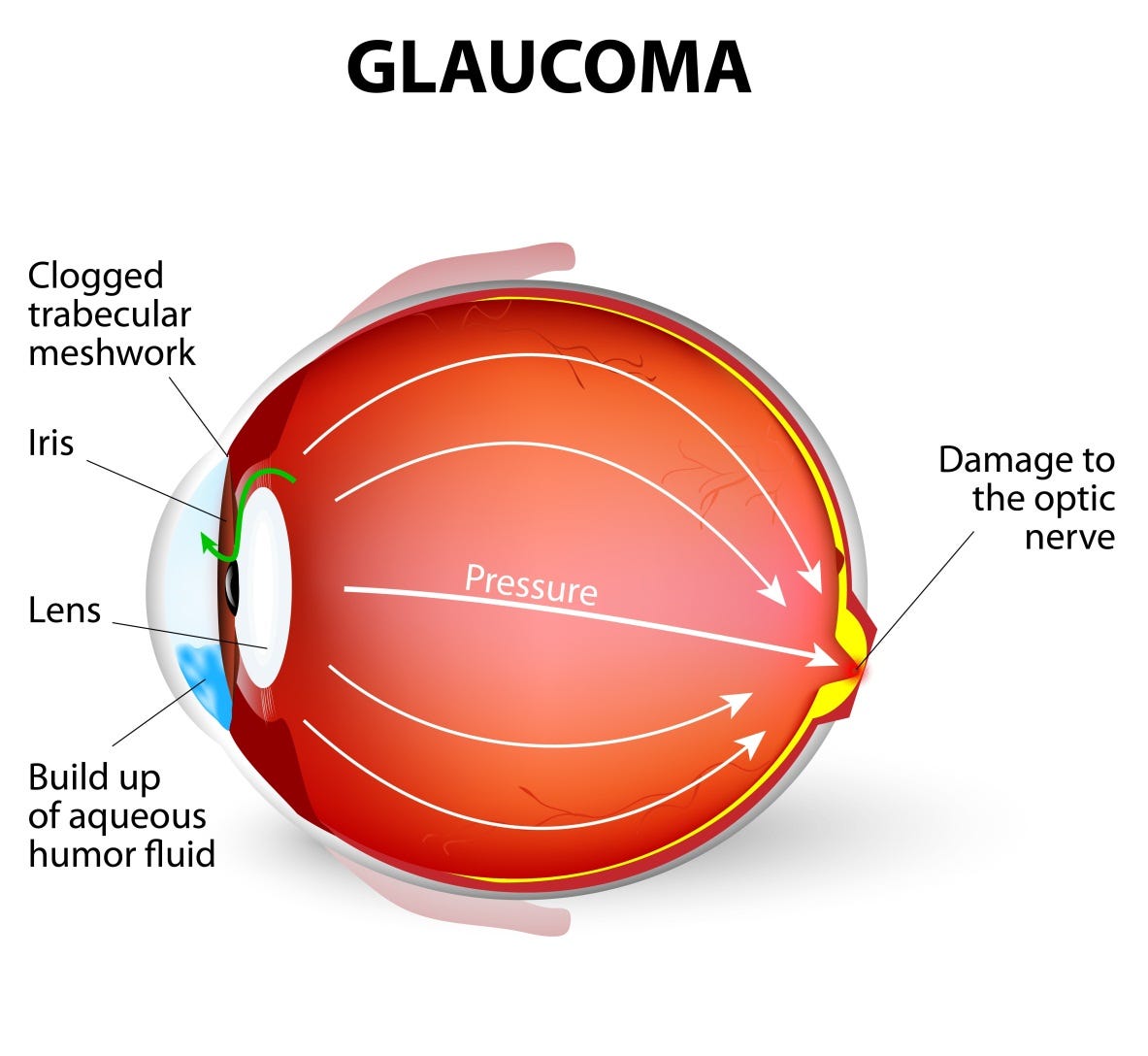
Glaucoma is one of the most common eye diseases that can gradually damage person’s optic nerve, which provides visual information to human’s brain by means of eyes. It is the result of unusually severe strain inside your eye. This pressure can wear down your nerve tissue, which result into vision loss or sometimes, blindness. Yet if diagnosed before time, you may prevent further vision loss that might be able to occur.
What Are the Symptoms of Glaucoma?
The most known category of glaucoma is open-angle glaucoma, which has no signs or indications except slow vision loss. Hence, it is vital for everyone to go for frequent eye check-up to ophthalmologist, who can let you know of any problem in your vision.
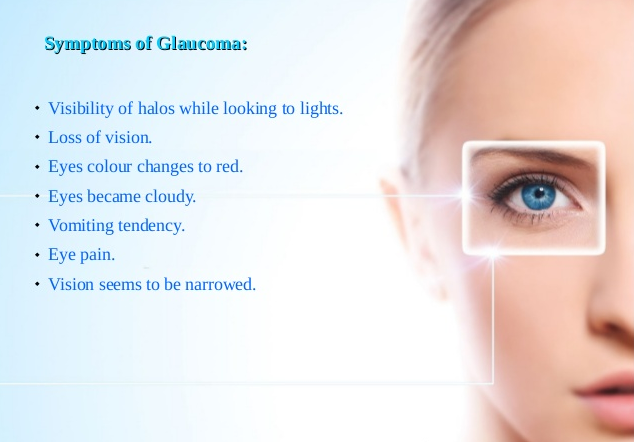
Another type is the acute-angle glaucoma or narrow-angle glaucoma, which is somewhat a medical emergency. You must consult your doctor if you experience any of these symptoms:
- severe eye pressure
- nausea
- redness in eyes
- seeing colored rings around lights
- blurred vision
- vision disturbances
What Causes Glaucoma?
On the back region of the eye, it constantly makes a clear fluid also known as aqueous humor, which fills the front area of the eye. It leaves the eye through passages in your cornea and if they are blocked, the pressure in your eye may increase.
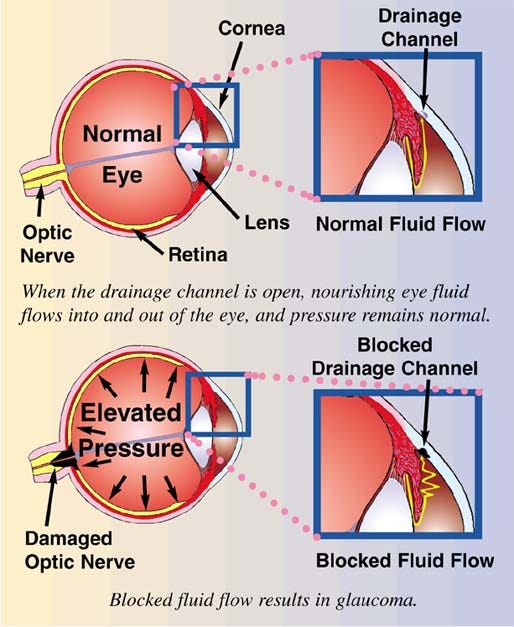
What produces pressure in your eye to escalate is something, which is now always identifiable. The doctors may believe one or more factors mentioned here that might be the reason:
- blocked or limited drainage in your eye
- medicines, such as corticosteroids
- poor or low blood flow to optic nerve
- high blood pressure
Who Is at Risk of Glaucoma?
According to the research, glaucoma is the second major reason of blindness around the globe. These are the principal risk factors, which includes:
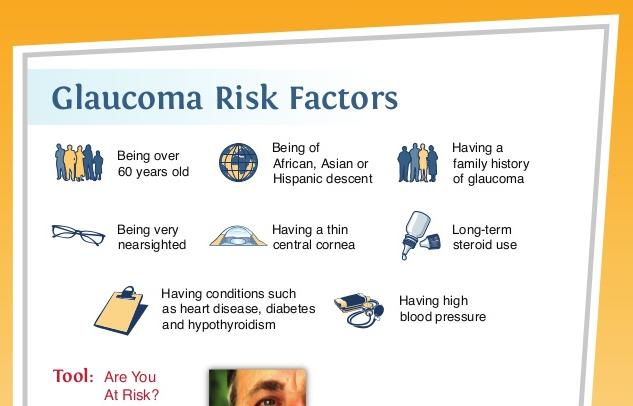
- Medical History
Diabetic patients or who have high blood pressure and heart disease are like to be at more risk of developing glaucoma.
- Age
Elderly people over 60 are at increased risk of glaucoma, and the risk increases somewhat each year of age.
- Ethnicity
People of African ethnicity are considerably more expected to develop glaucoma. People of Asian ancestry are at a higher risk to having angle-closure glaucoma, and people of Japanese ancestry are at greater risk of evolving low-tension glaucoma.
- Family History
You may get some types of glaucoma that runs in family history. If your parent or grandparent has ever had open-angle glaucoma, chances are you are at an increased risk of having such conditions.
- The Use of Medicine
If you are using corticosteroids for longer periods, it may increase your risk of producing secondary glaucoma.
How Is Glaucoma Treated?
Glaucoma can be treated by reducing intraocular pressure or IOP to stop further vision loss. Normally, doctors start their treatment by prescribing some eye drops. If these don’t show any positive results, then certainly some advanced treatment is required, and doctor may use one of the following methods:
- Medications
- Surgery
Can Glaucoma Be Prevented?
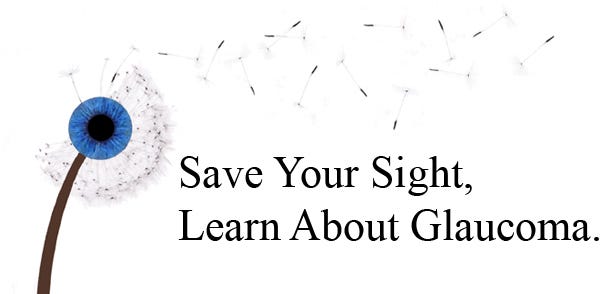
Glaucoma cannot be stopped, yet it is vital to diagnose so you can begin the treatment that would prevent it from getting worse. Make an immediate appointment with your ophthalmologist. Some tests are required to find out the symptoms if one is suffering through glaucoma before it initiates vision damage. Always use best quality prescription eyeglasses to keep your eyes protected!
